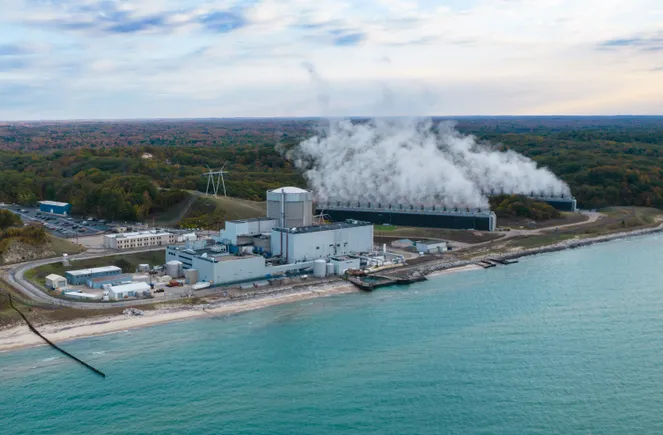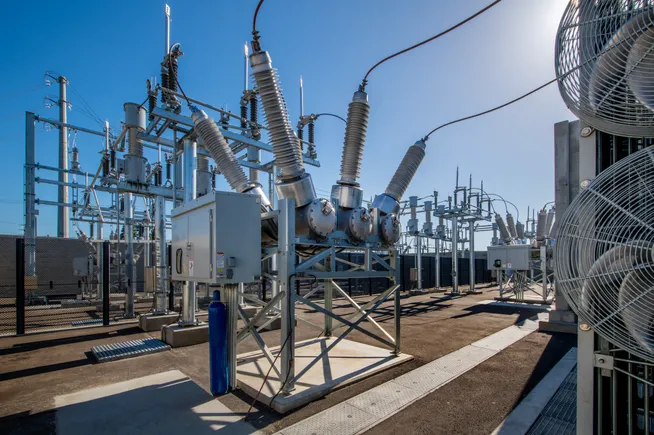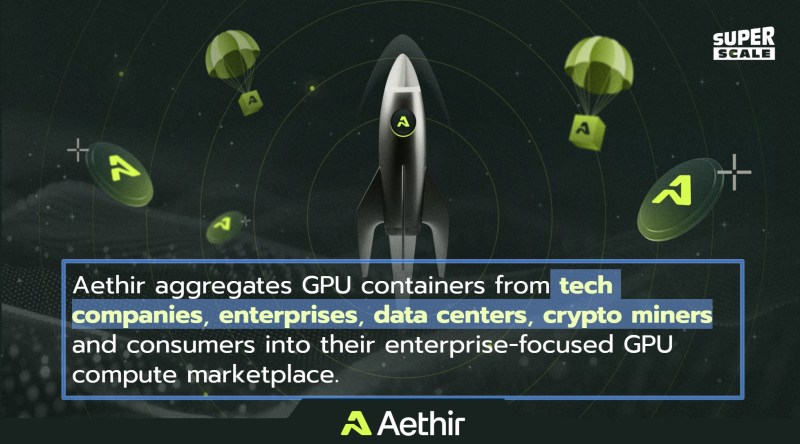
Nowadays, a large amount of data is collected on the internet, which is why companies are faced with the challenge of being able to store, process, and analyze these volumes efficiently. Hadoop is an open-source framework from the Apache Software Foundation and has become one of the leading Big Data management technologies in recent years. The system enables the distributed storage and processing of data across multiple servers. As a result, it offers a scalable solution for a wide range of applications from data analysis to machine learning.
This article provides a comprehensive overview of Hadoop and its components. We also examine the underlying architecture and provide practical tips for getting started with it.
Before we can start with it, we need to mention that the whole topic of Hadoop is huge and even though this article is already long, it is not even close to going into too much detail on all topics. This is why we split it into three parts: To let you decide for yourself how deep you want to dive into it:
Part 1: Hadoop 101: What it is, why it matters, and who should care
This part is for everyone interested in Big Data and Data Science that wants to get to know this classic tool and also understand the downsides of it.
Part 2: Getting Hands-On: Setting up and scaling Hadoop
All readers that weren’t scared off by the disadvantages of Hadoop and the size of the ecosystem, can use this part to get a guideline on how they can start with their first local cluster to learn the basics on how to operate it.
Part 3: Hadoop ecosystem: Get the most out of your cluster
In this section, we go under the hood and explain the core components and how they can be further advanced to meet your requirements.
Part 1: Hadoop 101: What it is, why it matters, and who should care
Hadoop is an open-source framework for the distributed storage and processing of large amounts of data. It was originally developed by Doug Cutting and Mike Cafarella and started as a search engine optimization project under the name Nutch. It was only later renamed Hadoop by its founder Cutting, based on the name of his son’s toy elephant. This is where the yellow elephant in today’s logo comes from.
The original concept was based on two Google papers on distributed file systems and the MapReduce mechanism and initially comprised around 11,000 lines of code. Other methods, such as the YARN resource manager, were only added in 2012. Today, the ecosystem comprises a large number of components that go far beyond pure file storage.
Hadoop differs fundamentally from traditional relational databases (RDBMS):
| Attribute | Hadoop | RDBMS |
| Data Structure | Unstructured, semi-structured, and unstructured data | Structured Data |
| Processing | Batch processing or partial real-time processing | Transaction-based with SQL |
| Scalability | Horizontal scaling across multiple servers | Vertical scaling through stronger servers |
| Flexibility | Supports many data formats | Strict schemes must be adhered to |
| Costs | Open source with affordable hardware | Mostly open source, but with powerful, expensive servers |
Which applications use Hadoop?
Hadoop is an important big data framework that has established itself in many companies and applications in recent years. In general, it can be used primarily for the storage of large and unstructured data volumes and, thanks to its distributed architecture, is particularly suitable for data-intensive applications that would not be manageable with traditional databases.
Typical use cases for Hadoop include:
- Big data analysis: Hadoop enables companies to centrally collect and store large amounts of data from different systems. This data can then be processed for further analysis and made available to users in reports. Both structured data, such as financial transactions or sensor data, and unstructured data, such as social media comments or website usage data, can be stored in Hadoop.
- Log analysis & IT monitoring: In modern IT infrastructure, a wide variety of systems generate data in the form of logs that provide information about the status or log certain events. This information needs to be stored and reacted to in real-time, for example, to prevent failures if the memory is full or the program is not working as expected. Hadoop can take on the task of data storage by distributing the data across several nodes and processing it in parallel, while also analyzing the information in batches.
- Machine learning & AI: Hadoop provides the basis for many machine learning and AI models by managing the data sets for large models. In text or image processing in particular, the model architectures require a lot of training data that takes up large amounts of memory. With the help of Hadoop, this storage can be managed and operated efficiently so that the focus can be on the architecture and training of the AI algorithms.
- ETL processes: ETL processes are essential in companies to prepare the data so that it can be processed further or used for analysis. To do this, it must be collected from a wide variety of systems, then transformed and finally stored in a data lake or data warehouse. Hadoop can provide central support here by offering a good connection to different data sources and allowing Data Processing to be parallelized across multiple servers. In addition, cost efficiency can be increased, especially in comparison to classic ETL approaches with data warehouses.
The list of well-known companies that use Hadoop daily and have made it an integral part of their architecture is very long. Facebook, for example, uses Hadoop to process several petabytes of user data every day for advertisements, feed optimization, and machine learning. Twitter, on the other hand, uses Hadoop for real-time trend analysis or to detect spam, which should be flagged accordingly. Finally, Yahoo has one of the world’s largest Hadoop installations with over 40,000 nodes, which was set up to analyze search and advertising data.
What are the advantages and disadvantages of Hadoop?
Hadoop has become a powerful and popular big data framework used by many companies, especially in the 2010s, due to its ability to process large amounts of data in a distributed manner. In general, the following advantages arise when using Hadoop:
- Scalability: The cluster can easily be scaled horizontally by adding new nodes that take on additional tasks for a job. This also makes it possible to process data volumes that exceed the capacity of a single computer.
- Cost efficiency: This horizontal scalability also makes Hadoop very cost-efficient, as more low-cost computers can be added for better performance instead of equipping a server with expensive hardware and scaling vertically. In addition, Hadoop is open-source software and can therefore be used free of charge.
- Flexibility: Hadoop can process both unstructured data and structured data, offering the flexibility to be used for a wide variety of applications. It offers additional flexibility by providing a large library of components that further extend the existing functionalities.
- Fault tolerance: By replicating the data across different servers, the system can still function in the event of most hardware failures, as it simply falls back on another replication. This also results in high availability of the entire system.
These disadvantages should also be taken into account.
- Complexity: Due to the strong networking of the cluster and the individual servers in it, the administration of the system is rather complex, and a certain amount of training is required to set up and operate a Hadoop cluster correctly. However, this point can be avoided by using a cloud connection and the automatic scaling it contains.
- Latency: Hadoop uses batch processing to handle the data and thus establishes latency times, as the data is not processed in real-time, but only when enough data is available for a batch. Hadoop tries to avoid this with the help of mini-batches, but this still means latency.
- Data management: Additional components are required for data management, such as data quality control or tracking the data sequence. Hadoop does not include any direct tools for data management.
Hadoop is a powerful tool for processing big data. Above all, scalability, cost efficiency, and flexibility are decisive advantages that have contributed to the widespread use of Hadoop. However, there are also some disadvantages, such as the latency caused by batch processing.
Does Hadoop have a future?
Hadoop has long been the leading technology for distributed big data processing, but new systems have also emerged and become increasingly relevant in recent years. One of the biggest trends is that most companies are turning to fully managed cloud data platforms that can run Hadoop-like workloads without the need for a dedicated cluster. This also makes them more cost-efficient, as only the hardware that is needed has to be paid for.
In addition, Apache Spark in particular has established itself as a faster alternative to MapReduce and is therefore outperforming the classic Hadoop setup. It is also interesting because it offers an almost complete solution for AI workloads thanks to its various functionalities, such as Apache Streaming or the machine learning library.
Although Hadoop remains a relevant big data framework, it is slowly losing importance these days. Even though many established companies continue to rely on the clusters that were set up some time ago, companies that are now starting with big data are using cloud solutions or specialized analysis software directly. Accordingly, the Hadoop platform is also evolving and offers new solutions that adapt to this zeitgeist.
Who should still learn Hadoop?
With the rise of cloud-native data platforms and modern distributed computing frameworks, you might be wondering: Is Hadoop still worth learning? The answer depends on your role, industry, and the scale of data you work with. While Hadoop is no longer the default choice for big data processing, it remains highly relevant in many enterprise environments. Hadoop could be still relevant for you if at least one of the following is true for you:
- Your company still has a Hadoop-based data lake.
- The data you are storing is confidential and needs to be hosted on-premises.
- You work with ETL processes, and data ingestion at scale.
- Your goal is to optimize batch-processing jobs in a distributed environment.
- You need to work with tools like Hive, HBase, or Apache Spark on Hadoop.
- You want to optimize cost-efficient data storage and processing solutions.
Hadoop is definitely not necessary for every data professional. If you’re working primarily with cloud-native analytics tools, serverless architectures, or lightweight data-wrangling tasks, spending time on Hadoop may not be the best investment.
You can skip Hadoop if:
- Your work is focused on SQL-based analytics with cloud-native solutions (e.g., BigQuery, Snowflake, Redshift).
- You primarily handle small to mid-sized datasets in Python or Pandas.
- Your company has already migrated away from Hadoop to fully cloud-based architectures.
Hadoop is no longer the cutting edge technology that it once was, but it still has importance in different applications and companies with existing data lakes, large-scale ETL processes, or on-premises infrastructure. In the following part, we will finally be more practical and show how an easy cluster can be set up to build your big data framework with Hadoop.






















